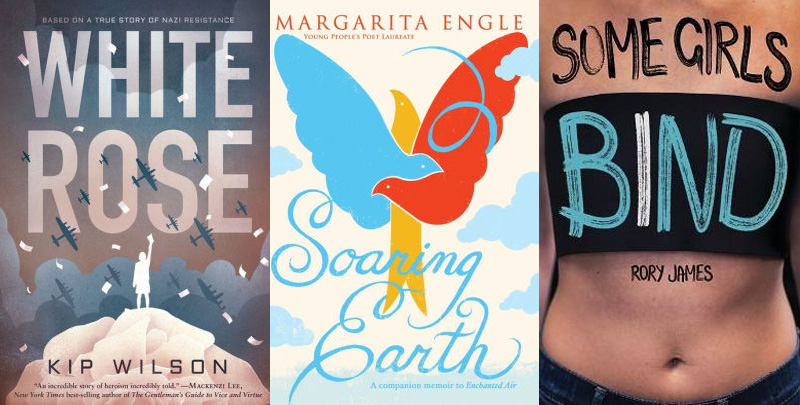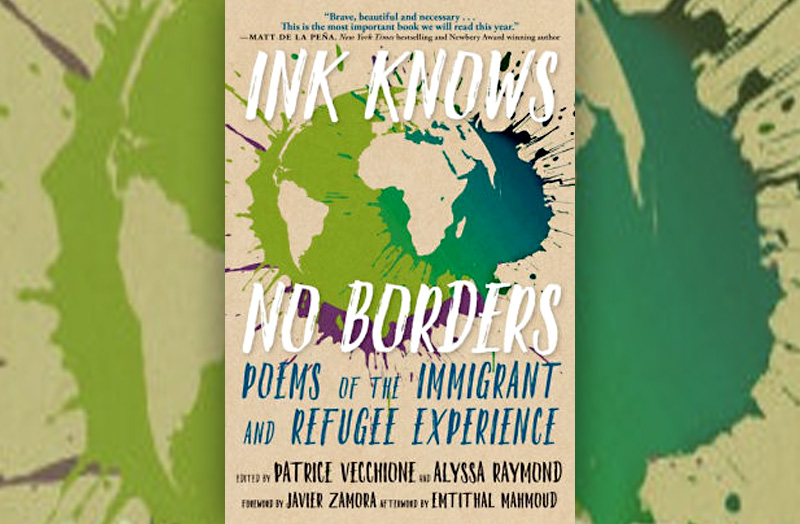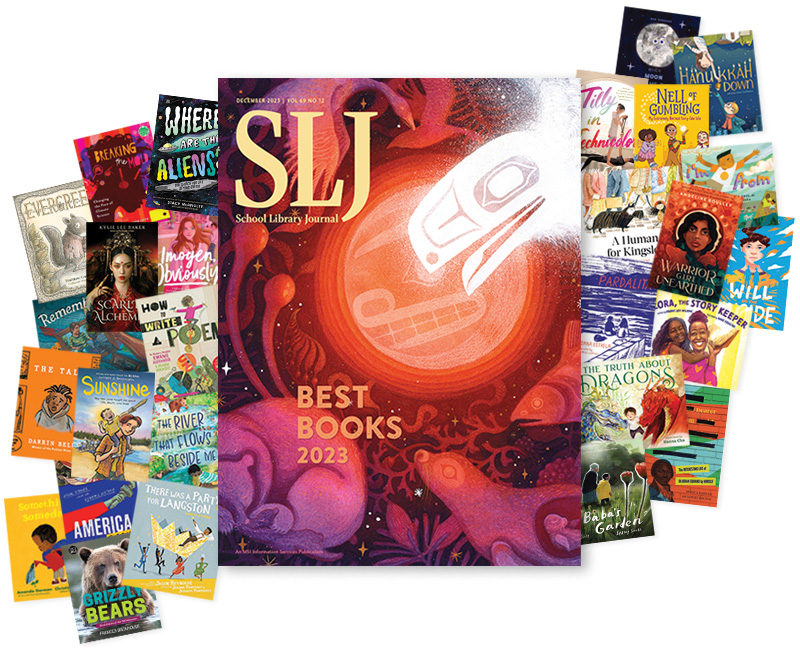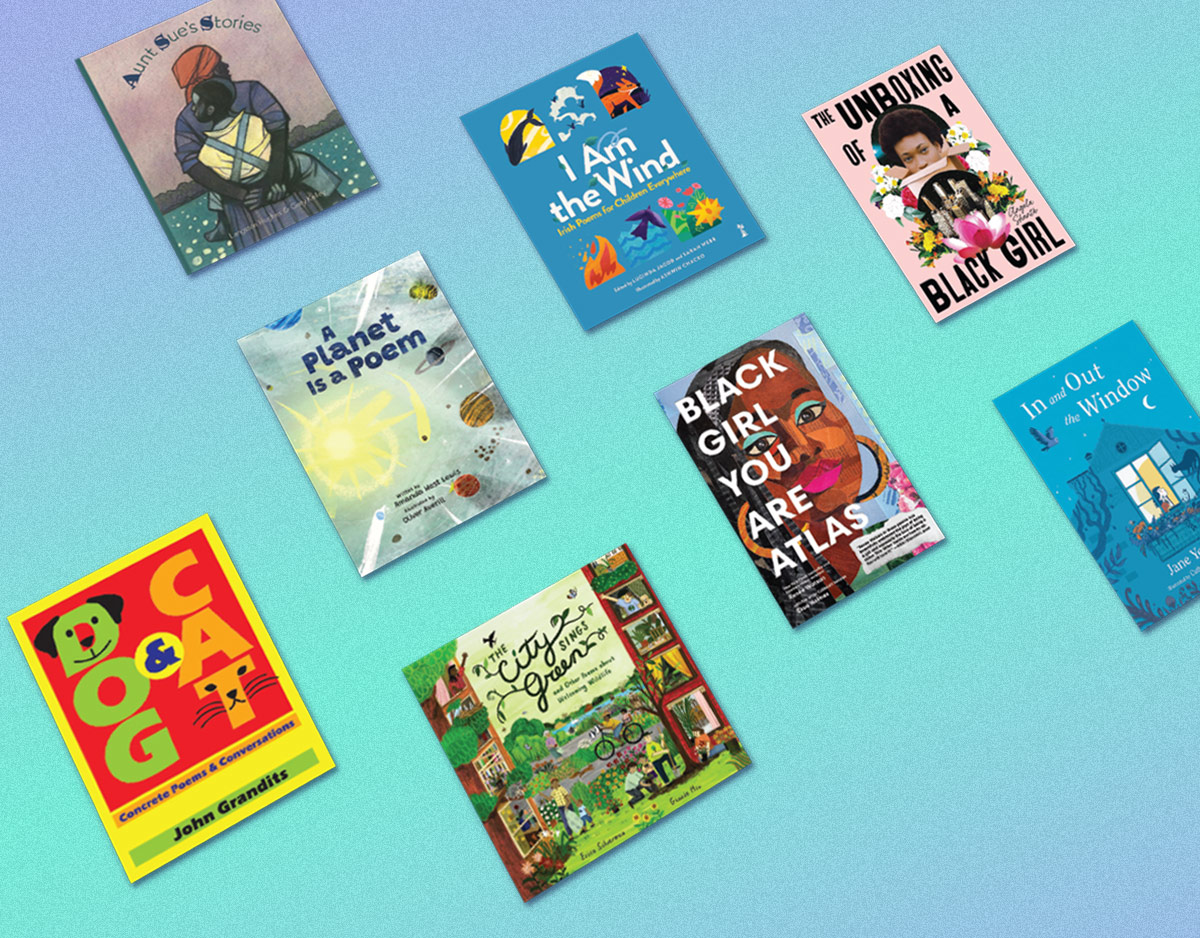2014 Caldecott Award Winner – Locomotive
Locomotive
Written and illustrated by Brian Floca
Published by Atheneum in 2013
Grades 2 and up
Book Review
In a stunning new picture book, author / illustrator Brian Floca transports the reader back in time to 1869 for a transcontinental trip replete with the sounds, smells, and sights of a dramatic and dusty journey across our developing nation. Along the way, readers learn the mechanics of steam engine operation, marvel at the variety of landscapes across our country, and come to understand the far-reaching impact of connecting the east and the west by rail. Floca employs second person to narrate a family’s cross country trip to rejoin their Papa, who has gone ahead to San Fransisco. The inviting prose echoes the rhythms of rail travel, simulating the experience for readers. For example, in describing the fireman’s task of shoveling coal: “It’s hard work, hot work,/ smoke and cinders, / ash and sweat, / hard work, hot work…” Throughout the narrative arc, Floca seamlessly inserts exposition of the roles, mechanics, and processes of rail travel. While text itself invokes vivid imagery, readers have the added benefit of detailed pen and ink and watercolor illustrations. Cameo images alternate with double-page spreads and Floca employs a variety of perspectives to create a sense of scale, distance, and movement. An extensive author’s note deepens our understanding of the transformational power of the Transcontinental Railroad and complicates the picture by noting the negative effects the initiative had on Native American peoples. Locomotivewill appeal to train aficionados, history buffs, and to all who love a good story well told. Readers will come away with a full appreciation of how new travel technologies can make our world smaller while simultaneously expanding our horizons.
Teaching Ideas: Invitations for your Classroom
Grades 2 and up.
Duet Model Exploration. Pair a reading of Locomotivewith Elisha Cooper’s Trains, a modern cross-country journey in a Duet Model exploration. Encourage students to compare the two books, thinking about travel technologies, passenger experiences, and landscapes. Take this activity a step further by having students investigate and report on rail travel options (past and present) in your geographic area.
Author’s Craft: Emulating Style. Alliteration, onomatopoeia and rhythmic texture are just a few aspects of Floca’s writing style worth of study and emulation. Young writers can examine these elements first in Floca’s writing and then collect examples from other familiar books. Record the examples that they find on large charts to post in the classroom. Students can then use these charts as inspiration to try out these techniques in their own writing.
History of the Transcontinental Railroad. Bring in additional text resources to help students develop a broader understanding of the historical context for the establishment of the Transcontinental Railroad. Youngers students could explore the topic through viewing images and selected text from the digital resources found below. Older students might do the same and then take it one step further by exploring historical fiction that portrays the time period (see the Books section below). Students could opt into literature circles, reading the different novels and then after discussion within their literature circle grouping, compare and contrast the experiences of the characters and the historical representations across the novels.
Mapping the Journey. Use the wonderful endpapers of Locomotive as a model for a student created map of the Transcontinental Railroad. Make arrangements, perhaps recruiting the assistance of your school’s art teacher to create a large mural depicting the area that the rail covers. Students can work in small groups to research the main cities along the route, creating images on the mural of significant landmarks in these towns.
Endpapers. The endpapers of Locomotive contain rich contextual information and entice the reader into the text itself. Engage your students in an examination of the endpaper of Locomotive and two of Floca’s other books. In Moonshot: The Flight of Apollo 11 the front endpapers include a diagram of Apollo 11 and a sequence of illustrations that depict the phases of the mission while the back endpapers provide space for an author’s note that provides additional contextual information about the moon landing. Lightship’s endpapers provide a detailed diagram of the ship including a cross sectional image of the hull. In Locomotive, the front endpapers include expository text, a map, and images of primary source documents. After you and your students have carefully considered the types of information found on these endpapers, invite your students to collect books that offer additional variations on endpapers, making a chart that records their findings.
Technology That Transforms Society. The Transcontinental Railroad changed life in the United States both physically, by facilitating travel, and societally, by changing the population through encouragement of immigration and migration, and changing conceptions of the American landscape (connecting east and west). Ask students to identify another technology that has had significant impact on how people live / lived and think / thought about their lives. You may want to have students interview adults in your community about new technologies that made an impact on their lives. Ask students to describe this technology and its impact; they could create a Keynote or PowerPoint presentation, orally present, or write a feature article or opinion piece to share their learning.
Train Technology. Explore the history of train travel technologies using the resources below. Ask your students to create an illustrated timeline that presents the history of development of train travel. Invite them also to speculate about rail travel in the future. Older students might investigate which places in the world currently have high speed travel, comparing and contrasting with options for rail travel available in the United States.
Reader’s Theater.The text of Locomotive practically begs to be read aloud. Floca has captured the rhythm of the rails and shows his tremendous talent to invoke physical experience through the use of descriptive writing. With your students’ help, orchestrate a dramatic performance of the text, inviting students to consider how they might employ voice variation and sound effects to convey the excitement and drama of the journey.
Grades 6 and Up
Author’s Craft: How to tell the story. Examine the storytelling techniques used by Floca, including second person narration, appeal to sensory images, and narrative structure, as well as how he embeds exposition within the narrative arc. Ask students to think about the appropriate genre classification for this book. In some sense it defies categorization; however, the predominant focus of the book is on conveying nonfiction information. Next, have students explore a variety of series books about the Transcontinental Railroad. How do they differ from Locomotive? From one another? Which style of writing do they find more engaging? Have students write two short pieces of nonfiction on the same topic, one traditional, and one modeled on Floca’s style. Which one do they conveys the information most effectively?
Critical Literacy
The Construction of the Transcontinental Railroad. In Locomotive, Floca chose to focus on the nature of an early journey on this route and to provide information about the roles, mechanics, and processes of steam-powered rail travel. His text alludes to, but does not elaborate on, the role that Chinese immigrants played in the construction of the railroad. Invite your students to use the resources below to learn more about these men and their experiences. Ask students to consider why the Chinese American experience of this time period may be less represented in books for children and young adults. Students can experiment with the writing style employed by Floca to convey what they have learned about the role of Chinese immigrants in the construction of the railroad.
The Impact of the Railroad on Native Americans. In the back matter, Floca discusses the devastating impact the railroad had on Native Americans. Different tribes responded in different ways to the construction of the railroad through their land. Some cooperated with the United States government, the Union Pacific Railroad and the Central Pacific Railroad. Others did not. But all were ultimately impacted by the expansion of westward migration by mostly European Americans that took place in the decades that followed, as a result of the federal government’s efforts to encourage homesteading in the West. Paul Goble’s picture book Death of the Iron Horse might be used as an introduction to a discussion of the Native American experience. Using the digital resources below, have your students examine the Native American perspectives towards the railroad and what happened to particular tribes. Allow students to compare and contrast their findings with one another (in writing, verbal presentations, posters) and then synthesize across the different findings the ways in which the railroad was a catalyst for the reservation system that ultimately was created by the U.S. government.
Further Explorations
Online Resources:
Author/ Illustrator’s Website
YouTube: Brian Floca
A Fuse 8 Production: Review of Locomotive
PBS: The American Experience: The Transcontinental Railroad
New York Times: The Learning Network
History of Railroads and Maps
National Railway Historical Society
http://www.nrhs.com
Union Pacific: History and Photos
History: The Transcontinental Railroad
Chinese American Contribution to the Trans-Continental Railroad
Central Pacific Railroad Photographic History Museum
Includes images of primary source documents, including the Pacific Railroad Act
California State Railroad Museum
Harvard University Library Open Collections Program: Immigration Railroads and the West
Chinese Railroad Workers in North America Project
Smithsonian Magazine: Where the Buffalo No Longer Roamed
Transcontinental Railroad and the Western Indian Wars
American Experience: Native Americans and the Transcontinental Railroad
Books:
Blumberg, R. (1996). Full steam ahead: The race to build the Transcontinental Railroad. Washington, DC.: National Geographic.
Cooper, E. (2013). Trains.New York: Orchard Books.
Durbin, W. (1999). The journey of Sean Sullivan: Transcontinental railroad worker. New York: Scholastic.
Floca, B. (2009). Moonshot: The flight of Apollo 11. New York: Atheneum.
Floca, B. (2007). Lightship.New York: Atheneum.
Fraser, M.A. (1993). Ten Mile Day and the building of the Transcontinental Railroad. New York: Henry Holt.
Goble, P. (1987). Death of the Iron Horse. New York: Bradbury Press.
Gregory, K. (1999). The great railroad race: The diary of Libby West. New York: Scholastic.
McCaughren, G. (2001). Stop the train. Oxford: Oxford University Press.
Perl, L. (2003). To the Golden Mountain : the story of the Chinese who built the Transcontinental railroad. New York: Benchmark Books.
Perritano, J. (2010). The Transcontinental Railroad. New York: Children’s Press.
Steele, P. (2010). Trains. New York: Kingfisher.
Stein, R.C. (2012). The incredible Transcontinental Railroad. Berkeley Heights, CA: Enslow.
Yep, L. (1993). Dragon’s gate. New York: Harper Collins, 1993.
Yin, C.K. (2001). Coolies.New York: Philomel.
Filed under: Awards, Nonfiction Picture Books, Picture Books
About Erika Thulin Dawes
Erika is a professor of language and literacy at Lesley University. A former classroom teacher, reading specialist, and literacy supervisor, she now teaches courses in children’s literature, early literacy, and literacy methods. Erika is the co-author of Learning to Write with Purpose, Teaching with Text Sets, and Teaching to Complexity.
ADVERTISEMENT
ADVERTISEMENT
SLJ Blog Network
100 Scope Notes
Gallery: The New York Times Best Illustrated Books of 2024
A Fuse #8 Production
Review of the Day: Kwame Crashes the Underworld by Craig Kofi Farmer
Good Comics for Kids
Tegan and Sara: Crush | Review
Politics in Practice
The Seven Bills That Will Safeguard the Future of School Librarianship
Teen Librarian Toolbox
What Does This Election Mean for Your Library?
The Yarn
Gayle Forman Visits The Yarn!
ADVERTISEMENT








I'm unfamiliar with this book. Sounds exquisite… lots of possibilities!